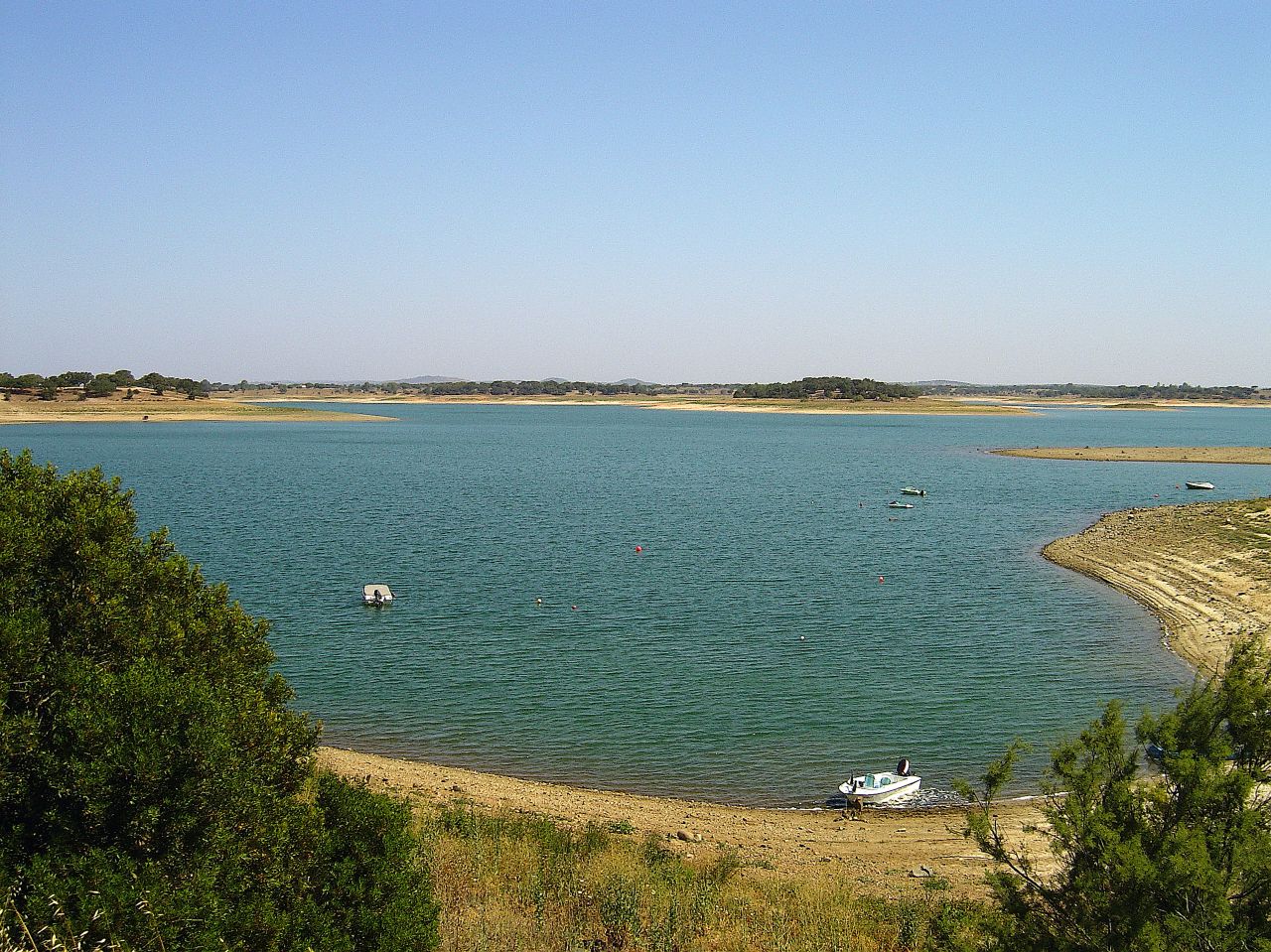Alentejo, a vast region with much to know
A destination with a wide variety of historical, cultural and natural heritage, Alentejo presents itself as a destination not only to explore but also be experienced, with heart and soul.
South of Portugal, the Alentejo is between the river Tagus and the Algarve, merging with the East of Spain and the Atlantic Ocean in the west.
With a landscape and heritage beauty, Alentejo region is indescribable and unparalleled, joining their best in food and wine and the passion of its people.
An extension which occupies one third of Portugal, the Alentejo is subdivided 4 regions: Central Alentejo, Alentejo Litoral, Alentejo and Baixo Alentejo.
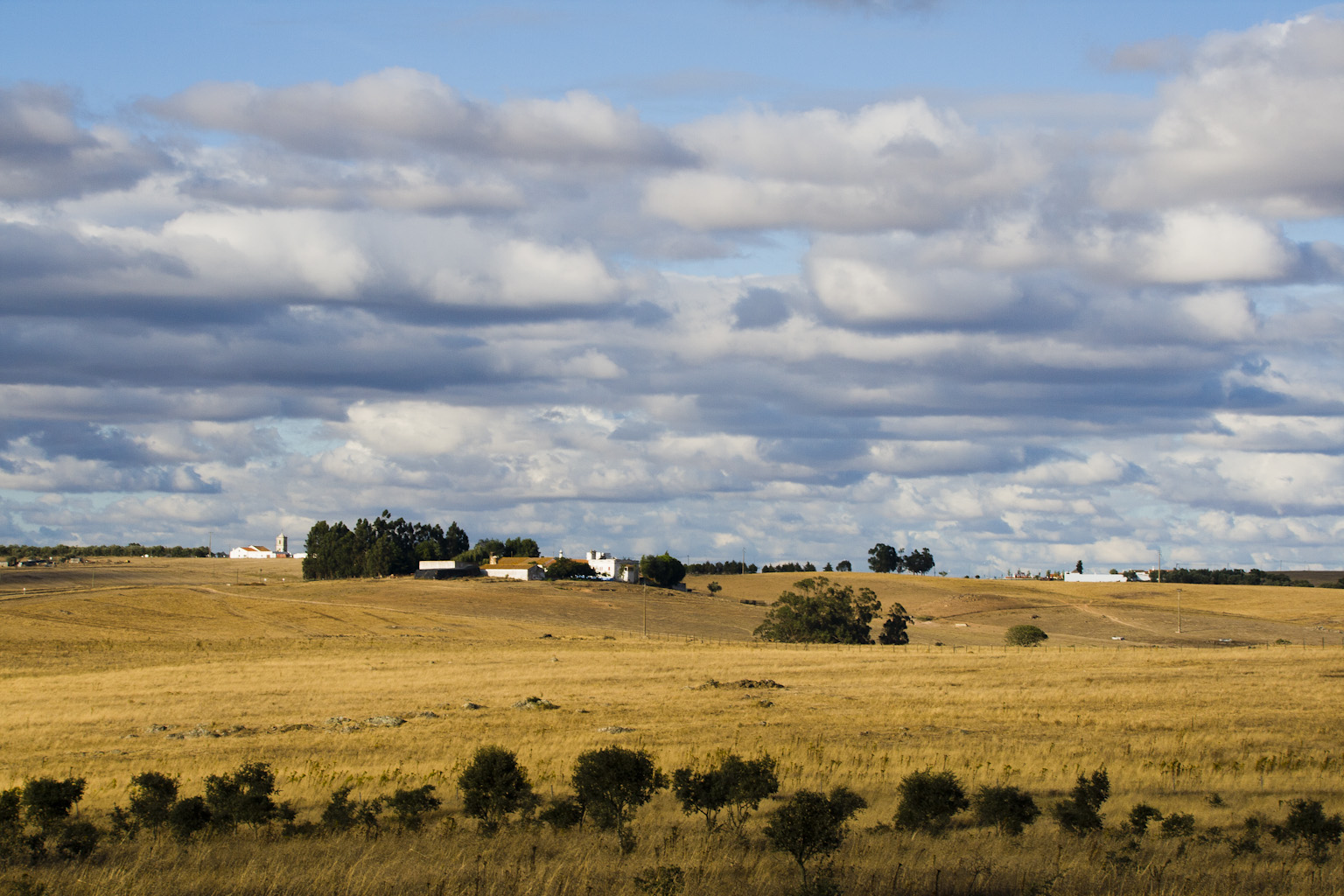
Alentejo Central
In sub-regionof Central Alentejo are 14 municipalities: Alandroal, Arraiolos, Borba, Estremoz, Évora, Montemor-o-Novo, Mourão, Portel, Redondo, Reguengos de Monsaraz, Sousel, Vendas Novas, Viana do Alentejo e Vila Viçosa.
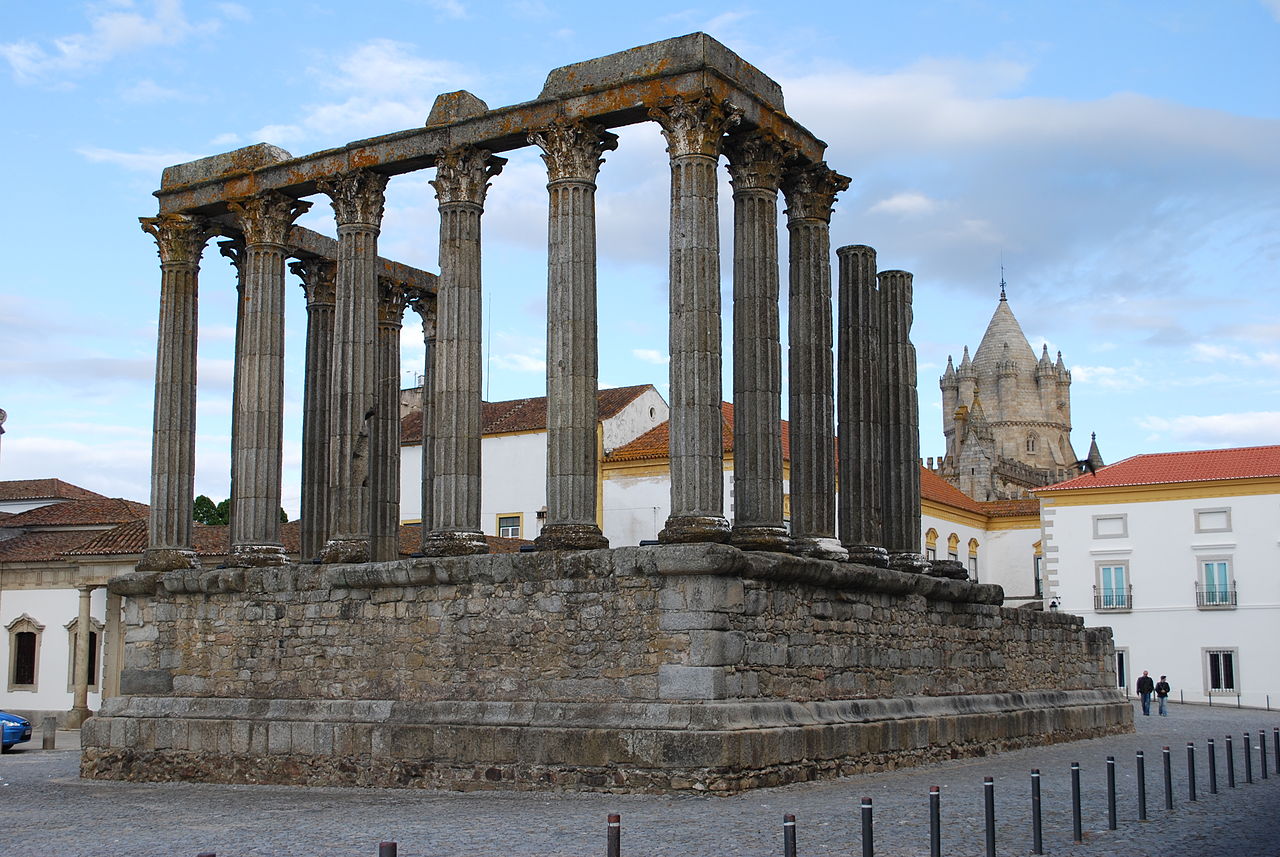
Alentejo Litoral
The Alentejo Litoral sub-region comprises 5 municipalities: Alcácer do Sal, Grândola, Odemira, Santiago do Cacém e Sines.
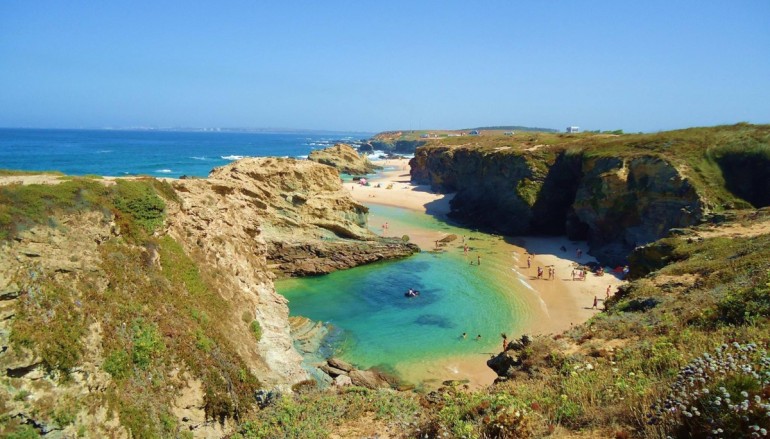
Alto Alentejo
Already the Alto Alentejo sub-region there are 15 municipalities: Alter do Chão, Arronches, Avis, Campo Maior, Castelo de Vide, Crato, Elvas, Fronteira, Gavião, Marvão, Monforte, Mora, Nisa, Ponte de Sôr e Portalegre.
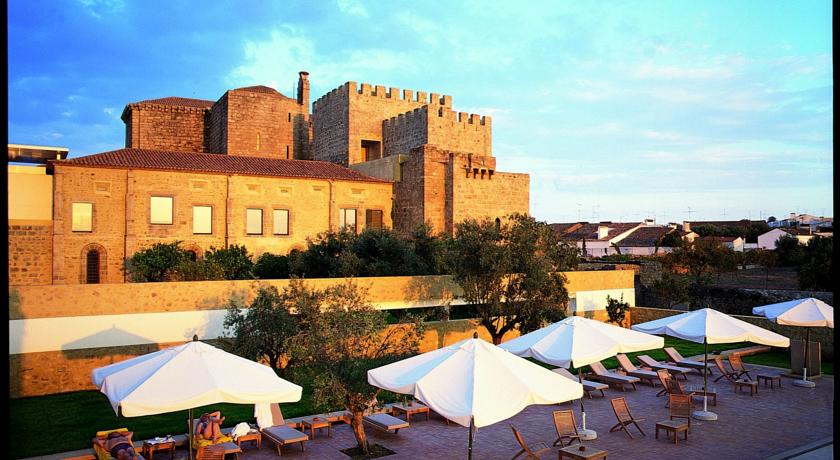
Baixo Alentejo
Finally, in the Baixo Alentejo sub-region are 13 municipalities: Aljustrel, Almodôvar, Alvito, Barrancos, Beja, Castro Verde, Cuba, Ferreira do Alentejo, Mértola, Moura, Ourique, Serpa e Vidigueira.
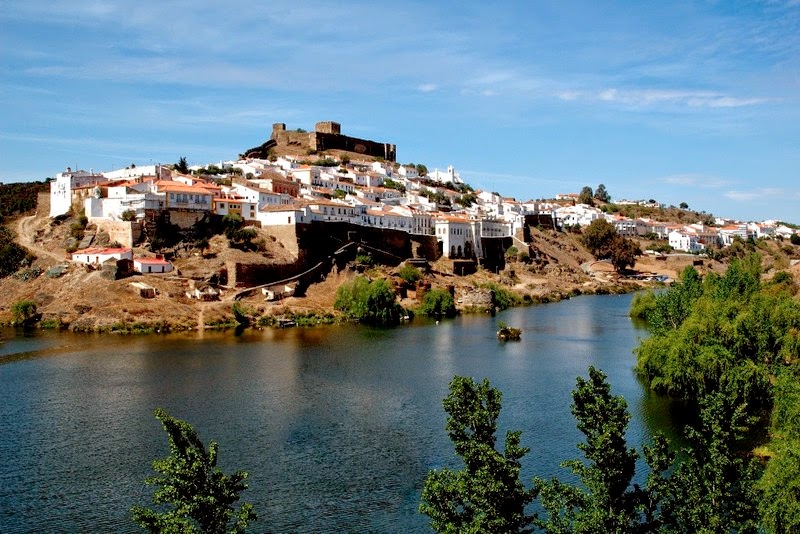
The Alentejo is much more than an open space, is an endless and timeless space, where the colors and smells satisfy the most curious minds, rural and natural architecture, hills of farms, cities, towns and villages or the chapels and churches paint the landscape with its white.
The people, traditions and arts renew and retain only be alentejano and sing your soul and heart, that both entice people to travel and live in the rurality of Alentejo XXI century.
For diversity and moments of its history, the Alentejo preserves to present its values of their small size and quality of the urban surroundings, their human scale, silence and peace, clean air and the freedom lived in this region.
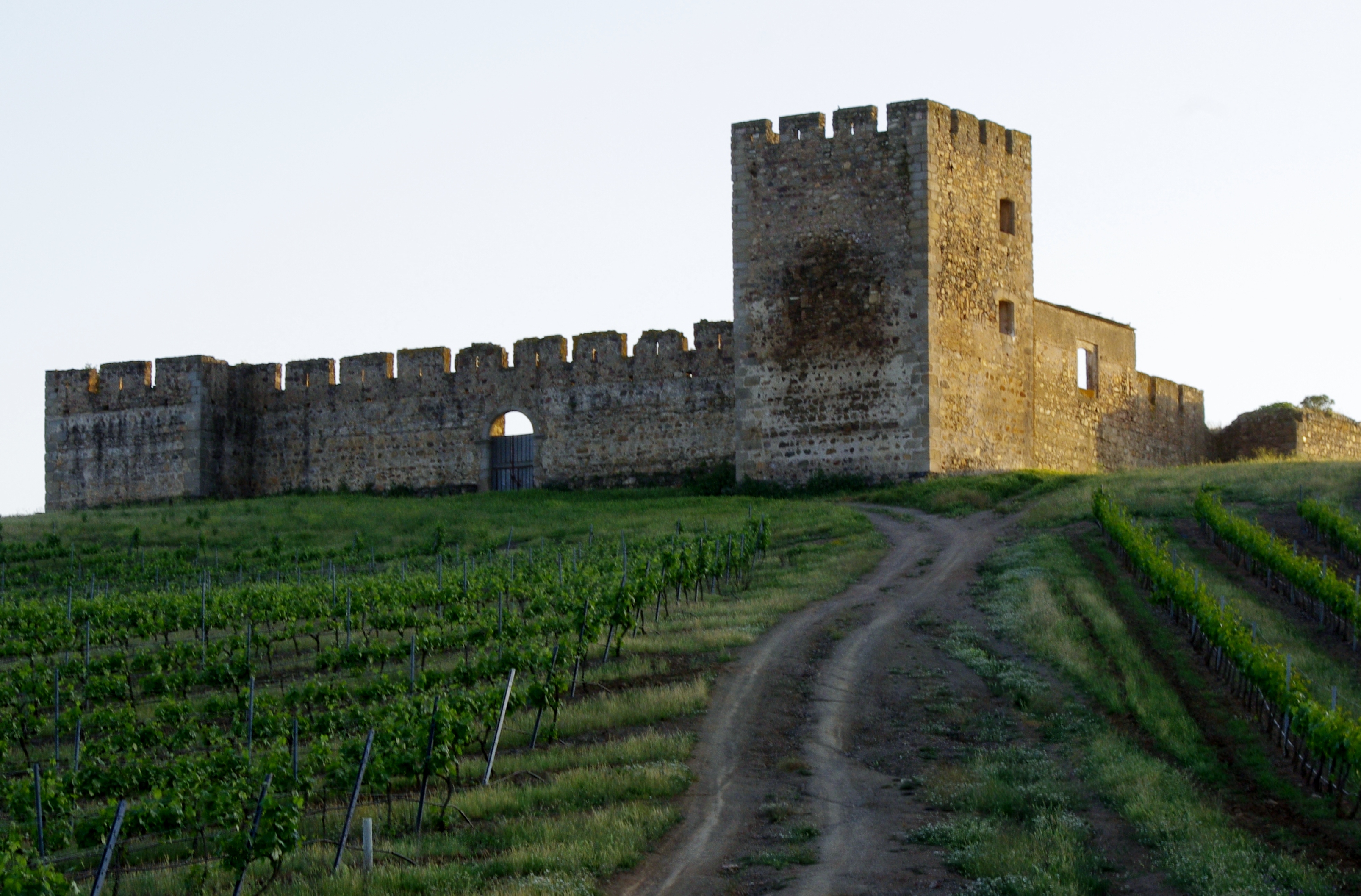
The Alentejo region can only be known and lived when visited in all seasons, while the landscape changes lengthen a year and rural activities are adapted to these seasonal changes.
In the fall, in late August and September starts, begins to harvest the visible grapes anywhere on the road where there vineyards, for those who wish to participate at this time is possible through an organized program of wine tourism, it is learned the art of vintage and the wines of previous harvests ever.
In October, the brown spreads the immense landscape extension of the Alentejo region and the sun “summer quinces” comes up and warms the already cold and anxious souls by solar heat. The lucky ones who are housed or know hosts who have farms with quinces, you can see the homemade confection of marmalade.
In November, the Saint Martin introduced the new wine and a few summer days, an excellent opportunity to visit cities and towns party, such as Marvão, Blackcap, Borba and Vila de Frades. From November to January, the Alentejo invites interested and curious to attend and observe the traditional olive picking.
In the spring, the landscape blooms in thousands of wild flowers that are in high demand by those who like to shoot. And this time of year, when the first warm days come, shepherds shear their sheep. On Thursday the Ascension, who visits the Alentejo can join the Alentejo people and participate in the Cob Day ritual, in seeking the fields ritual branch and tradition with 5 ears of wheat, 5 poppies, 5 branches olive, 5 white marigolds and other 5 yellow; then this is hanging behind the front door for a long year, which will attract and it is thought that yes, people, bread (food), peace and joy.
In summer season, between the months of June and July, begins the harvest of the cornfields, a single moment of pure heat, which in ancient times, the people ceifavam hand and from sunrise to sunset, which is done today by harvesters and baling machines, better understood when people start their alentejano corner.
The summer months, sunflowers and tremocilhas shine and grow in the sun and offer a yellow tint to the Alentejo fields who rival the green vineyards and the blue of the surrounding lakes that feed these fields of flowers, vines, corn and vegetable crops . In the valley of the Sado, it is visible a magical and majestic moment between white colors of the rice fields and the shades of pink and white flamingos.
Even in summer, until the end of August, is the rip off of oak trees and the ocher-orange when comes their trunks are laid off, being a highly appreciated and interesting activity seen region that requires a mastery and laborious, something that is done only 9 in nine years, it is an art that requires a note.
In the Alentejo coast, it is advisable to visit a fishing harbor to witness the lives of fishermen, brave people facing the sea every day, in the most calm and agitated moments, looking for what brand difference in the cuisine of the Alentejo region.
Como Miguel Torga descreve:
A luz que te ilumina,
Terra da cor dos olhos de quem olha!
A paz que se adivinha
Na tua solidão
Que nenhuma mesquinha
Condição
Pode compreender e povoar!
O mistério da tua imensidão
Onde o tempo caminha
Sem chegar!…
